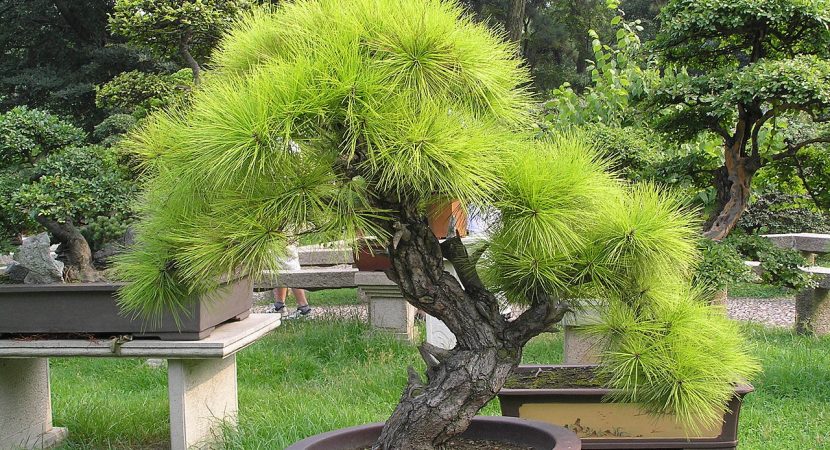Last Updated on
Gardens are beautiful but they’re stressful. As soon as the season changes, you have to jump into action. Otherwise, the lawn and the plants and flowers will die and your hard work will go to waste. It’s much simpler and easier to create an evergreen garden and let it look after itself.
But, how does one do it? How do you get to this point?
The answer is by making the right moves at the right times. Some gardeners don’t know how to act to reduce their responsibility. If you don’t want to follow in their footsteps, here are the tips to consider.
Plant Durable Flowers
On the whole, flowers are flimsy and fragile. If a strong gust of autumn wind doesn’t blow them over, then the frost will kill them later. Even the sunshine can hurt as absorbing too many of the sun’s rays will result in overheating and dehydration. So, the first step is to grow plants, shrubs and hedges which don’t shed their leaves, even in the fall. With regular watering and food supplies, they’ll keep their green shade from spring to autumn. To stop things getting similar, you can use varieties of green to add to the color scheme. It’s a subtle yet cool trick.
Replace The Losses
Depending on the season, there will be things which aren’t as common as before. In the summer, it’s water because there isn’t as much rainfall. In winter, it’s sunlight as there are clouds and the conditions are murky. Your job is to replace the thing which they need to survive. Summer-wise, you can contribute to longer lasting blooms by using a soil booster. The extra nutrients should cover for the lack of H2O. From a winter perspective, it’s important to use faux lighting to introduce heat and encourage photosynthesis. Figure out what is missing and put it back into the plant’s life.
Prune Them
When shrubs grow too large, they can get sick and start to die. It’s not down an illness, but more because of the stress on the plant. With so many leaves and organisms to feed and water, the roots may not be able to find the nutrients fast enough. Therefore, pruning is a vital tool because it stops the plant from overgrowing and losing its green shine. Plus, it helps from an aesthetic point of view as the garden doesn’t look untidy and cluttered. Check out the video below for tips and advice.
Stop Pests And Diseases
Both come in hand in hand depending on the ailment. In general, you want to prevent pests as they transfer diseases and eat away the leaves and stems. The most basic option at your disposal is a steady stream of cold water. Simply aim it at the stem and the leaves and blast for a couple of minutes. This should dislodge any harmful insects. Alternatively, you can use lime sulfur to kill or ward off insects. Avoid store chemicals as they are unhealthy.
Is your garden tough enough to survive for three-hundred-and-sixty-five days a year?


Reply